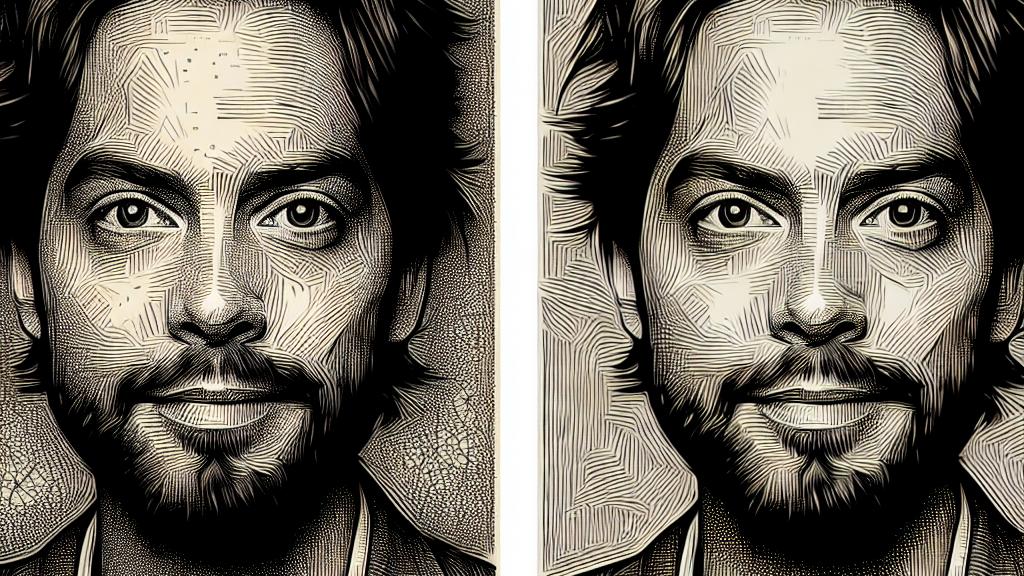Exploring Progress in Visual Language Models for Remote Sensing Applications
Overview
- Dive into the fascinating world of Visual Language Models (VLMs) and discover their significance in AI.
- Learn how VLMs are revolutionizing remote sensing and reshaping geographical analysis.
- Examine groundbreaking advancements and innovative techniques driving the evolution of VLM research.

Understanding Visual Language Models: Pioneering AI Integration
Visual Language Models (VLMs) represent an exciting frontier in artificial intelligence, where the fusion of imagery and text forms a new paradigm of understanding. Picture this: a system that not only describes the content of an image but also answers questions about it in real-time. Such is the power of VLMs! By adopting a generative approach, they allow for a richer interaction with data, transforming how we engage with visual and textual information. Consider applications in sectors ranging from media to healthcare; VLMs are enhancing capabilities by simplifying complex tasks, helping professionals make better decisions, and further bridging the gap between human cognition and machine processing.
Transformative Impact of VLMs in Remote Sensing Applications
The realm of remote sensing is experiencing a seismic shift thanks to the power of VLMs. These models significantly enhance our ability to extract critical features from satellite imagery, impacting a variety of fields, including urban planning, disaster response, and environmental monitoring. For instance, imagine utilizing a VLM to identify and analyze road infrastructure from aerial photographs – a game changer for traffic management systems and emergency protocols. Recent studies illustrate that VLM methods have achieved astoundingly high accuracy, often surpassing 96% in road extraction tasks! Such precision not only aids urban planners in making informed decisions swiftly, but it also supports deeper insights into environmental changes, agricultural efficiencies, and urban sprawl management.
Innovations and Future Directions in VLM Research
As we look ahead, the potential of VLMs seems boundless. Researchers are continually innovating, developing new methodologies that promise to push these models to their limits. Take, for example, the LLaVA model – a sophisticated tool that integrates visual and language processing. It adeptly converts images into semantic vectors, facilitating real-time interpretation and analysis. With ongoing efforts to incorporate even more complex datasets and functionalities, VLMs are expected to revolutionize fields beyond remote sensing, such as healthcare diagnostics and climate science. In conclusion, we stand at the brink of an exciting evolution; the capabilities of VLMs not only enhance our understanding of the environment but also reshape how we interact with technology in our daily lives.

Loading...